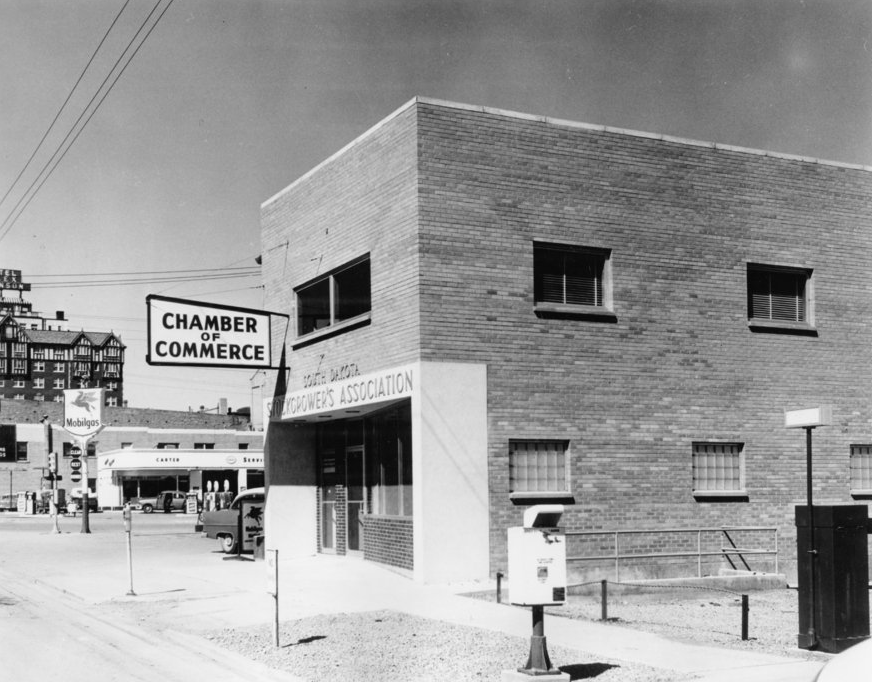Founders Park, located by the original campsite of the founding party pioneers of 1876, shares the historical significance of the founding of Hay Camp - later known as Rapid City.
Members of the founding party include John R. Brennan, Martin Persinger, Thomas Gerguson, W.P. Martin, Albert Brown, William Marston, J.W. Allen, James Carney, William Nuttal, Major Hutchinson, and Samuel Scott. These eleven founders laid out the original town site.
Unlike Black Hills communities that began as mining camps, Rapid City owes its beginning to a group of discouraged gold prospectors. John Brennan and Samuel Scott were part of the wave of white settlers who flocked to the region after the Custer Expedition discovered gold here in 1874. In February 1876, Brennan and Scott led a small party of men to the banks of Rapid Creek, where they laid out a square-mile business district for what is now Rapid City. Within six months, more than 100 people called Rapid City “home.”

City founders billed the community as the “Gateway to the Black Hills,” and it quickly lived up to the moniker. Originally known as “Hay Camp,” Rapid City soon became a staging ground for wagons hauling supplies to miners in the Black Hills. Later it would also serve as a hub for rail traffic.
The population grew and shrank with several booms and busts between 1880 and 1920. The South Dakota School of Mines, formally established in 1889, provided a focus for higher education and after 1920, Rapid City population began to steadily rise. President Calvin Coolidge drew the nation’s attention on western South Dakota when he relocated his White House staff to the Black Hills in 1927. That same year Gutzon Borglum began carving Mount Rushmore, helping to spark a tourism industry that still powers the local economy.
During World War II, the War Department created the Rapid City Air Base (later renamed Ellsworth Air Force Base). After the war, the base and a growing economy fueled Rapid City’s development.
What may be the seminal event in Rapid City’s history began with a raindrop. On June 9, 1972, heavy rains caused massive flooding of Rapid Creek which would become the Rapid City Flood of 1972. As the worst natural disaster in South Dakota history, the flood claimed 238 lives. As documented on the Rapid City Public Library's Flood website and by National Weather Service, the flood caused $160 million in property damage.
The city rebuilt, creating a 12-mile-long bike path and public greenway along the creek’s banks that serves as both a memorial to the lost and a means of ensuring such a tragedy never happens again.